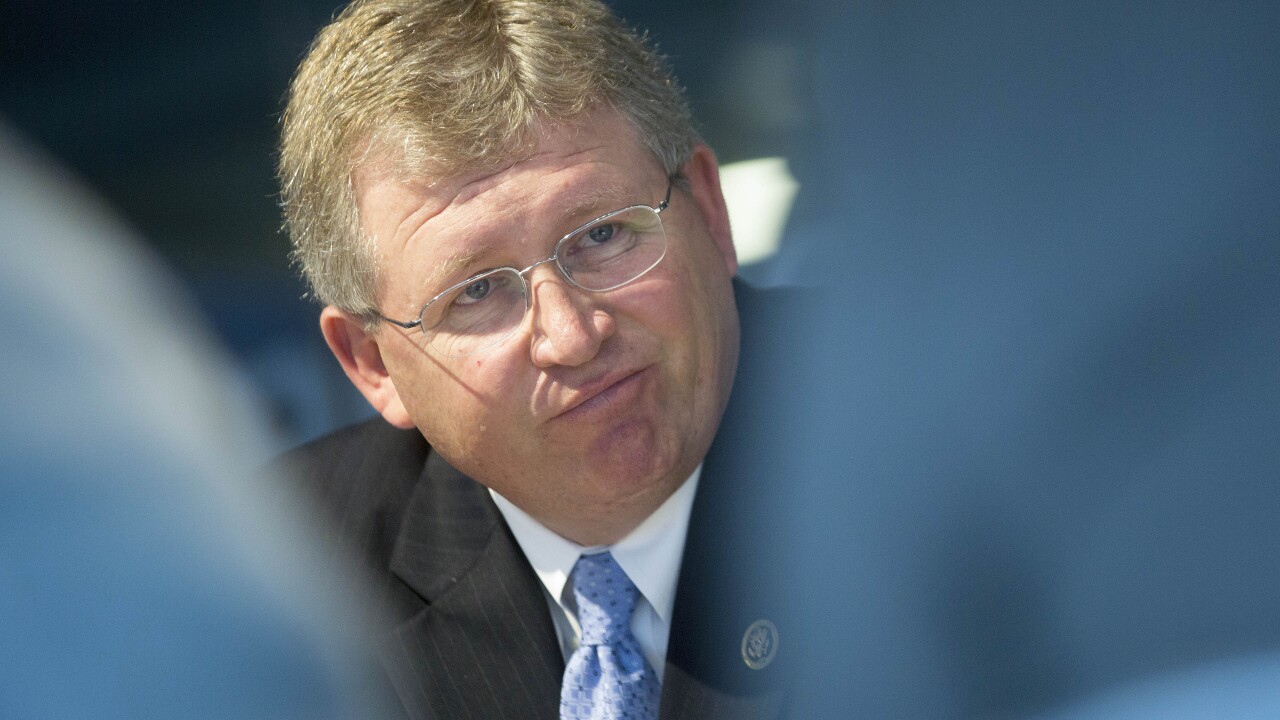Trent R. Feldman, managing director of Kaplan Associates Inc., Washington, D.C., says the market for mutual thrifts converting to stock is sizzling. But the market does face some hurdles.
For one thing, rising interest rates could cool investor ardor for thrifts. Then there are new regulations. The Office of Thrift Supervision issued rules in April restricting the ability of thrift insiders to profit from conversions. And just this week, the OTS lashed out at thrift appraisers for the rapid stock-price rises that often follow conversions. The agency is concerned that appraisers are setting unrealistically low values on thrifts planning to converts.
Mr. Feldman is at the center of all this because his firm performs appraisals. A former administrative assistant to three different chairmen of the old Federal Home Loan Bank Board, Mr. Feldman has been a thrift appraiser for 12 years and has overseen more than 300 conversions. Here's what he had to say in a recent interview.
Q.: How many conversions did you do last year?
FELDMAN: Last year, I probably did 15.
Q.: So it was a busy year?
FELDMAN: It was busy, but we had a lot of competition. On the other hand, I have about 14 or 15 either in subscription or on file with the regulators in the first half of this year. It [conversion activity] picked up very sharply. Now, it's a question of whether that level is going to stay [high] when people begin to understand that the regulatory climate may be changing.
Q.: Do you blame the OTS for cracking down on appraisers?
FELDMAN: It was very strong stuff. Clearly the regulators have been under a great deal of pressure. They have their job to do as they are responsible to Congress. I am not going to criticize ' them for what they believe are proper actions.
Q.: What's pushing conversion stocks through the roof?
FELDMAN: Beginning with the declining interest rates three years ago and the stepped-up acquisition activity by banks, you had the makings of a very speculative market.
One of the causes is Peter Lynch [investment guru], who has been proclaiming to the public that conversions are one of the greatest investment themes he's seen in all of his years on Wall Street. You couple that with the M&A activity, where some companies have converted and sold the company within two to three years at very substantial gains, and that has created a real frenzy.
Q.: When did the conversions start picking up?
FELDMAN: It began with Cragin [Cragin Financial Corp., converted June 6, 1991.] out in Chicago. That created the current environment in which conversion after conversion sold well.
Q.: What was so special about Cragin?
FELDMAN: It went up very substantially and received a lot of attention. After that, on a national basis, conversions sold well everywhere. There is almost no such thing as a company that couldn't convert easily.
Q.: How high have some of these stocks run up?
FELDMAN: Conversions going up 15% to 2.0% have certainly been common. And there have been some companies that have gone up 40%, 50%, and 60%. Harris Savings Bank [Harrisburg, Pa.], Commonwealth FSB [Valley Forge, Pa.], and Home Savings Bank, Hollywood, Fla., are large companies that had very large price rises on the first day of trading the stock.
Q.: Who's converting now?
FELDMAN: There are still some large conversions that are in subscription. Hudson City Savings Bank [Paramus, N.J.] is on file now with the FDIC, and they are a $4.5 billion-asset, well capitalized mutual in New Jersey.
There is nobody else left of that size, with maybe one or two exceptions. There's one thrift worth a substantial amount of money in Cleveland, Third Federal, but the numbers are' dwindling.
Q.: What's the No. I reason a mutual converts?
FELDMAN: Going back to the '80s, it was the need for capital. Today, most thrifts don't need the capital. It's simply to become a stock company. That gives you more flexibility. Many of the mutuals converting today are coming out with net worth ratios of 15%, 20%, and 22%, and that is much more capital than they need. That in itself Becomes a business challenge.
Q.: What parts of the country are hot conversion areas?
FELDMAN: Most of the activity is in the Mid-Atlantic states. New England and a couple of states such as Ohio or Illinois. New Jersey certainly has picked up because the underlying economy is a bit stronger. New York has had a great deal of activity over the last year and a half.





